Critical thinking and evaluation are essential skills for working scientifically
In this activity learners are presented with a surprising measurement for the boiling point of water and several suggested explanations. The main task is to evaluate the different suggestions.
-
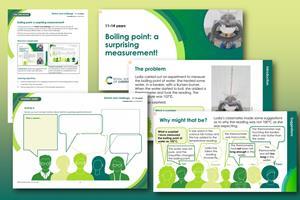
Download this
Use the lesson slides for whole class discussion or the worksheet for small group work.
Answers can be found in the lesson slides and the teacher notes.
View and download more Stretch and challenge resources
Learning objectives
- Evaluate explanations for a surprising measurement for the boiling point of water to decide if they are plausible.
- Devise experiments to test each of the plausible explanations.
Introduction
These activities help learners develop their critical thinking (evaluative) skills. They are presented with a surprising measurement for the boiling point of water and several suggested explanations for why it might have been measured. The main task (Activity 1) asks them to evaluate the different suggestions.
Activity 2 reinforces the experimental nature of science by asking learners how each suggestion could be tested practically. You could approach this as a class discussion. Activity 3 asks learners to use their creative thinking skills by adding their own suggestions.
In Activity 4, they are asked to devise a concept cartoon to present one scenario with diagrams and as few words as possible, then present any alternative explanations, suggestions or questions in speech bubbles. You can try out some of the concept cartoons on other learners to evaluate the alternative suggestions.
You can find good examples of concept cartoons to show learners in Science concept cartoons or other activities such as Candle burning investigation. You can provide more support by designing a group effort together on the board before learners produce their own.
How to use this resource
- When to use? Use when boiling points are taught or after an experiment where qualitative data are recorded to facilitate a discussion on the reliability of data.
- Group size? Use as a small group task within a whole class environment.
- How long? 45–50 minutes
When learners have completed Activities 1 and 2, give them the Discussion of answers below or show them the discussion in the PowerPoint slides. Ask them to check their own work, conduct a peer review of the work of another learner or group, or discuss the slides as a whole class.
Discussion of answers
This activity is designed to help develop critical thinking (evaluation) skills. You are asked to make judgments about the suggestions made based on scientific reasoning.
Without being there at the time, we can’t say for sure why the thermometer reading taken was 102°C. However, we can form opinions about how likely each explanation is. We can also suggest experiments to test the suggestions.
Sam – the water was not pure and the impurities changed the boiling point.
This seems a reasonable suggestion. Impurities would raise the boiling point of water. That is why salt is often added to boiling vegetables. However, it is unlikely that the typical amounts of impurities in normal tap water would change the boiling point by as much as two degrees. That would need considerable amounts of impurities.
To test this idea, you could do the experiment using distilled water after having carefully washed and rinsed the beaker.
Phil – the thermometer was inaccurate.
This is probably more likely than you realise and arguably the most likely explanation. It is tempting to believe that all apparatus is accurate. This is not the case. You might like to see how accurate the volume marks are on a beaker, for instance. You will find that they are only very approximate guides. Different thermometers can be more, or less accurate. Some thermometers are manufactured to be more accurate than others. A guide to how accurate a reading is likely to be is the size of the sub-divisions in the thermometer’s scale. A thermometer with markings every tenth of a degree is likely to be more accurate than a thermometer with marking only every two degrees.
To test this idea, you could put several different thermometers into the water and take readings from them all.
Note: Apparatus that is used to measure volumes of liquids (volumetric apparatus) comes in two grades. Apparatus labelled A is more accurate and more expensive. B grade is typically used in schools and is less accurate and less expensive.
Zhi – the thermometer had not been left long enough in the water.
This does not seem very likely. If the thermometer had not been in the water long enough it would still be warming up and would be likely to read less than 100°C.
To test this explanation, you could leave the thermometer in the water and take readings every 30 seconds to see if it changed.
Poppy – the thermometer was touching the beaker which was hotter than the water.
This seems like a sensible suggestion. The beaker would be hotter than the water because heat energy is flowing from the flame to the beaker then from the beaker into the water, to keep the water boiling. Flame, beaker, water is the order in decreasing temperature.
To test this suggestion, you could repeat the experiment, this time using a clamp and stand to hold the thermometer off the bottom of the beaker.
Uri – it was warm in the science lab that day and this added to the temperature reading.
The temperature of the room should not affect the boiling point of the water. However, if the room was warm, that might be because it was a fine day associated with high atmospheric pressure.
Boiling points can be affected by air pressure. For example, they tend to decrease high up a mountain where the air pressure is low. The boiling point of water could vary by as much as one degree either side of 100°C depending on whether the air pressure is high or low.
Niko – the thermometer was left too long in the beaker.
The water should boil at 100°C no matter how long you heat it or how vigorously it boils.
Downloads
Boiling point lesson slides
Presentation | PDF, Size 1.08 mbBoiling point student sheet
Handout | PDF, Size 0.42 mbBoiling point teacher notes
Handout | PDF, Size 0.63 mbBoiling point lesson slides
Presentation | PowerPoint, Size 2.39 mbBoiling point student sheet
Editable handout | Word, Size 0.75 mbBoiling point teacher notes
Editable handout | Word, Size 0.95 mb
Additional information
This resource was originally published in the book Chemistry for the Gifted and Talented by Tim Jolliff. The book is no longer available for purchase. However, you can find all the resources on our website.
This resource was reviewed and updated in 2025 by Kirsty Patterson.





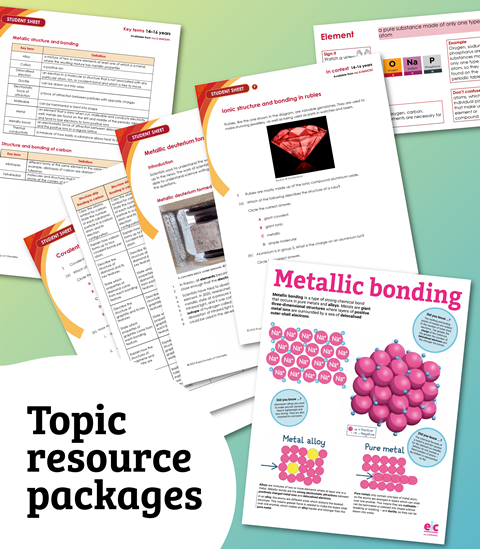
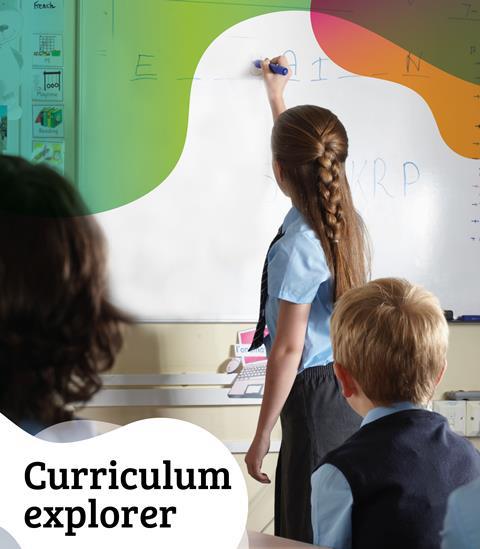

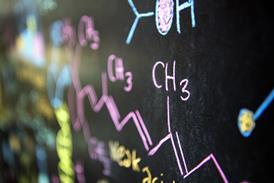
























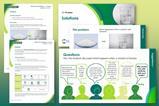
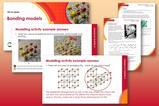
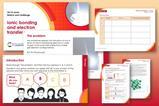

No comments yet